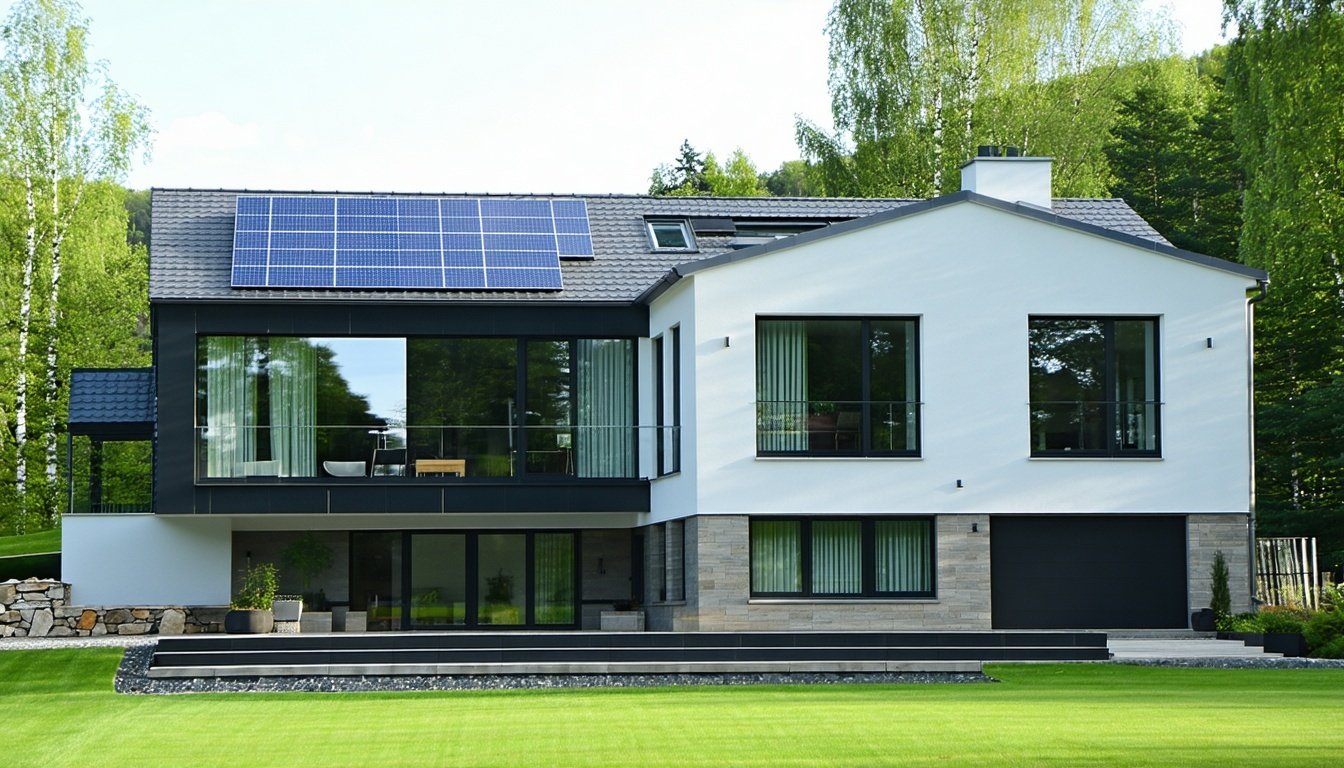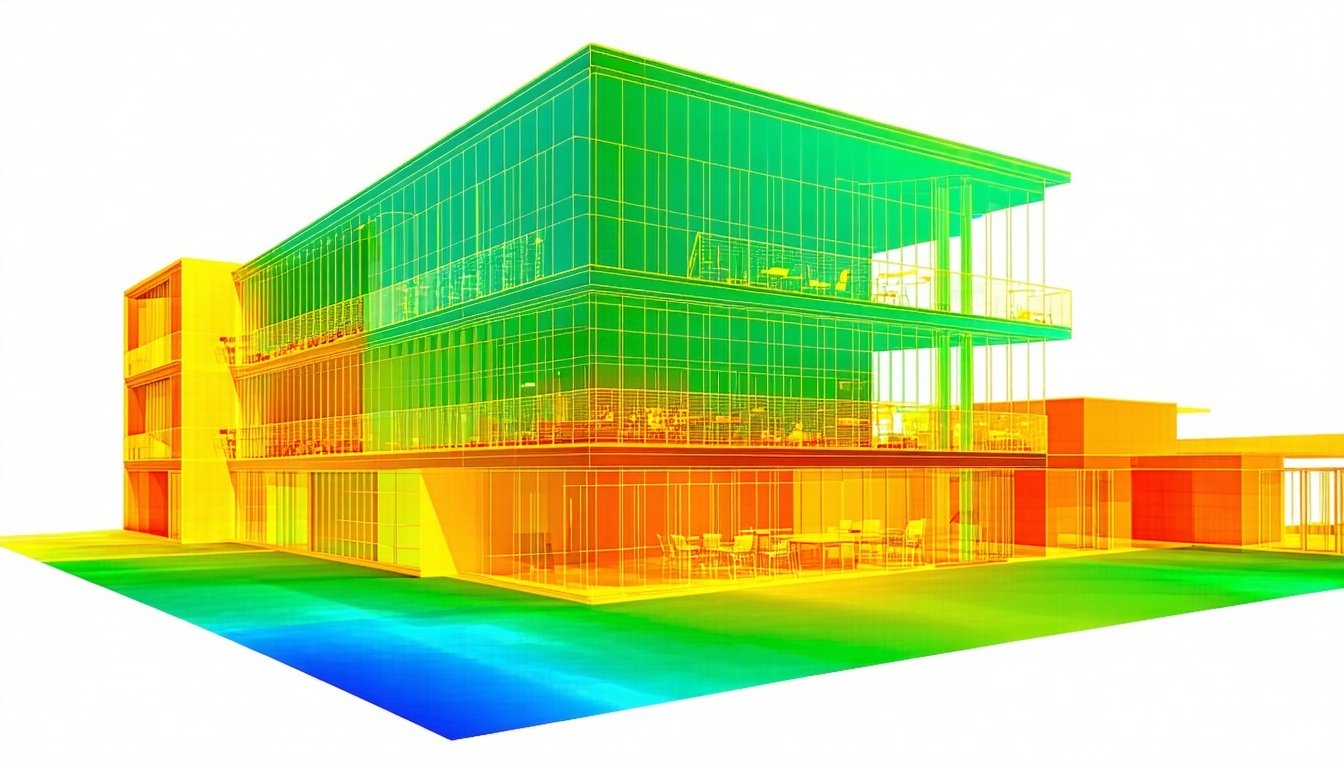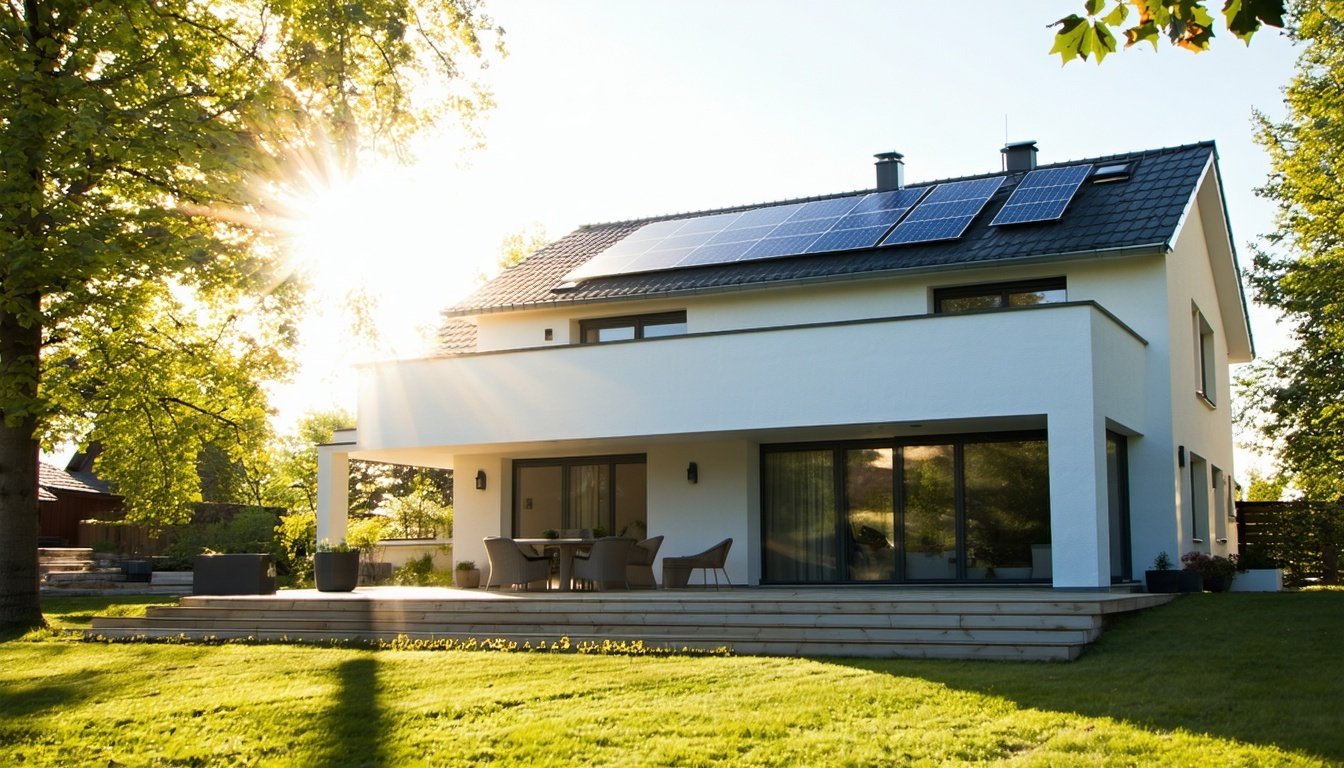Discover the principles and benefits of Passive House design and why it’s gaining traction in Australia’s construction industry.
What Passive House design means in simple terms
Passive House design refers to a rigorous, voluntary standard for energy efficiency in a building, reducing its ecological footprint. It results in ultra-low energy buildings that require little energy for space heating or cooling. This concept originated in Germany and is now gaining traction worldwide, including Australia.
The goal of Passive House design is to create buildings that maintain a comfortable indoor environment year-round with minimal energy consumption. This is achieved through a combination of advanced construction techniques and materials that drastically reduce the need for active heating and cooling systems.
The core principles behind Passive House certification
The Passive House standard is built upon five core principles:
1. Airtightness: Ensuring the building envelope is extremely airtight prevents unwanted draughts and energy losses.
2. Insulation: High levels of continuous insulation are essential to maintain thermal comfort and reduce energy consumption.
3. Ventilation: A mechanical ventilation system with heat recovery ensures a steady supply of fresh air while retaining indoor heat.
4. Windows: High-performance windows, often triple-glazed, contribute to insulation and work in harmony with the building design to optimise solar gain.
5. Thermal Bridging: Minimising thermal bridges, which are weak points in the building envelope, prevents heat loss and ensures consistent indoor temperatures.
Why Passive House is gaining popularity in Australia
Australia's construction industry is increasingly recognising the benefits of sustainable building practices and Passive House design is at the forefront of this movement. The country's diverse climate zones, ranging from hot deserts to cooler temperate regions, make energy-efficient building practices particularly relevant.
Moreover, with rising energy costs and growing awareness of climate change, both homeowners and developers are looking for ways to reduce their environmental impact and operational costs. The Passive House standard provides a proven, effective solution to these challenges.
The benefits for energy efficiency, comfort and health
Passive House buildings offer significant benefits in terms of energy efficiency, comfort and health outcomes:
1. Energy Savings: These buildings use up to 90% less heating and cooling energy compared to conventional buildings, leading to substantial savings on energy bills.
2. Indoor Comfort: The high levels of insulation and airtightness ensure consistent indoor temperatures, eliminating cold spots and draughts. High-performance windows also maximise natural light and solar gain, enhancing comfort.
3. Health Outcomes: Mechanical ventilation systems with heat recovery provide a continuous supply of fresh, filtered air, reducing indoor pollutants and allergens. This results in a healthier living environment, which is especially beneficial for individuals with respiratory conditions.
How Certified Energy supports Passive House projects
Certified Energy is a trusted advisor for Passive House projects in Australia. Our team of experts provides comprehensive consultancy services, ensuring that your building meets the stringent Passive House standards.
We offer detailed energy modelling, design optimisation and compliance reports such as Section J, NatHERS, BASIX and BESS. Our commitment to sustainability and technical expertise makes us the ideal partner for your Passive House project, helping you achieve energy efficiency, comfort and health benefits in your building.







